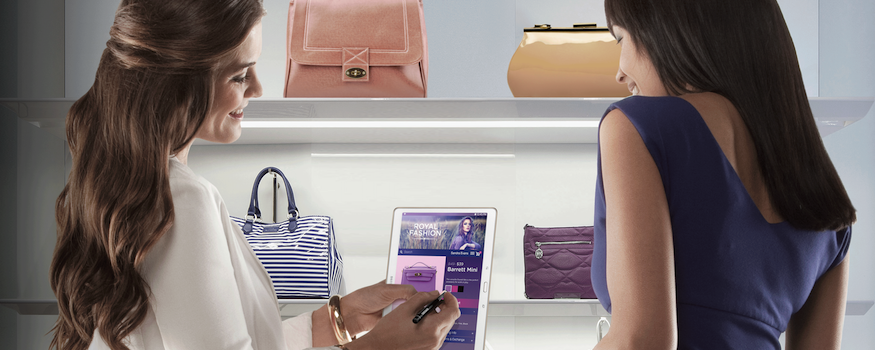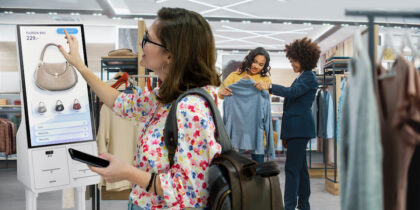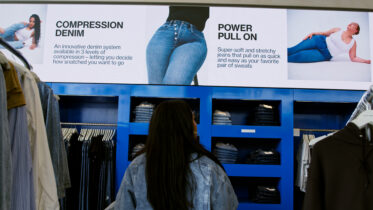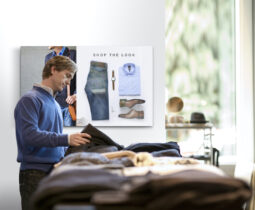If you are a retail owner, news that brick-and-mortar store traffic has declined over the last few years shouldn’t come as a surprise. A recent report from Capgemini Consulting revealed that 40 percent of consumers find in-store shopping challenging. Even more startling is that nearly a third of consumers would rather wash dishes than shop inside a store.
Convenience and personalization have gone from things that a consumer wants to basic expectations. This is seen through services such as two-day shipping and personalized recommendations from past purchases. Retailers need to convince consumers to leave the comforts of their homes and give them a reason to wrestle through a crowded mall. As e-commerce continues to grow, brick-and-mortar retail stores must focus on improving the in-store experience if they hope to compete.
The Pop-Up Connected Spaces Opportunity
One way to deliver that unique, exciting experience is through pop-up connected spaces. These provide a unique opportunity for these stores to seed the market and rediscover their relevance among consumers.
Think of pop-up connected spaces like a food truck. For a prospective restaurateur, a food truck is significantly cheaper and easier to open than a restaurant at a physical location. The mobility of the truck allows the business to travel through different neighborhoods and test different menu items with multiple customers. When the owner finds a large enough market, they can then invest in a physical location. A huge amount of the risk that comes from starting a restaurant is negated because the owner has had the opportunity to seed various locations and product offerings through the truck.
Take Your Store to the Next Level
Discover how connected pop-ups can help you drive successful retail initiatives. Download Now
A pop-up space works in much the same way. Renting a physical space in a highly trafficked area of a major city, such as SoHo in New York, can cost a long-term tenant up to $150,000 monthly. Given the temporary nature of a pop-up, shop owners can often negotiate short-term leases where they agree to vacate if a longer-term tenant signs for a fraction of the cost. These special agreements can drive rents down to as low as $25,000. While a traditional brick-and-mortar retail store can take more than 18 months to plan, build and open, pop-up connected spaces can be ready in as little as 90 days with current technologies.
Similar to a food truck, the low overhead costs of a pop-up connected space provides retailers a quick way to enter and test the market. Pop-up connected spaces can serve as a research lab for retail brands. For example, by facilitating “try and buy” experiences, a brand can see if a demand exists for a store or for particular products in an area without the financial risk of opening a permanent location. You can see what works and what people respond to first-hand before making a serious investment.
Pop-up connected spaces let retailers gain market insights and to create richer shopping experiences. Many brands have already incorporated these shops into their marketing efforts, but we believe the potential is still untapped.
Stay tuned as we discuss how new technologies can help brands gain the most out of these stores to reignite brick-and-mortar retail industry.
Learn more about how IoT technology can shape the retail experience and create new engagement opportunities for companies.








